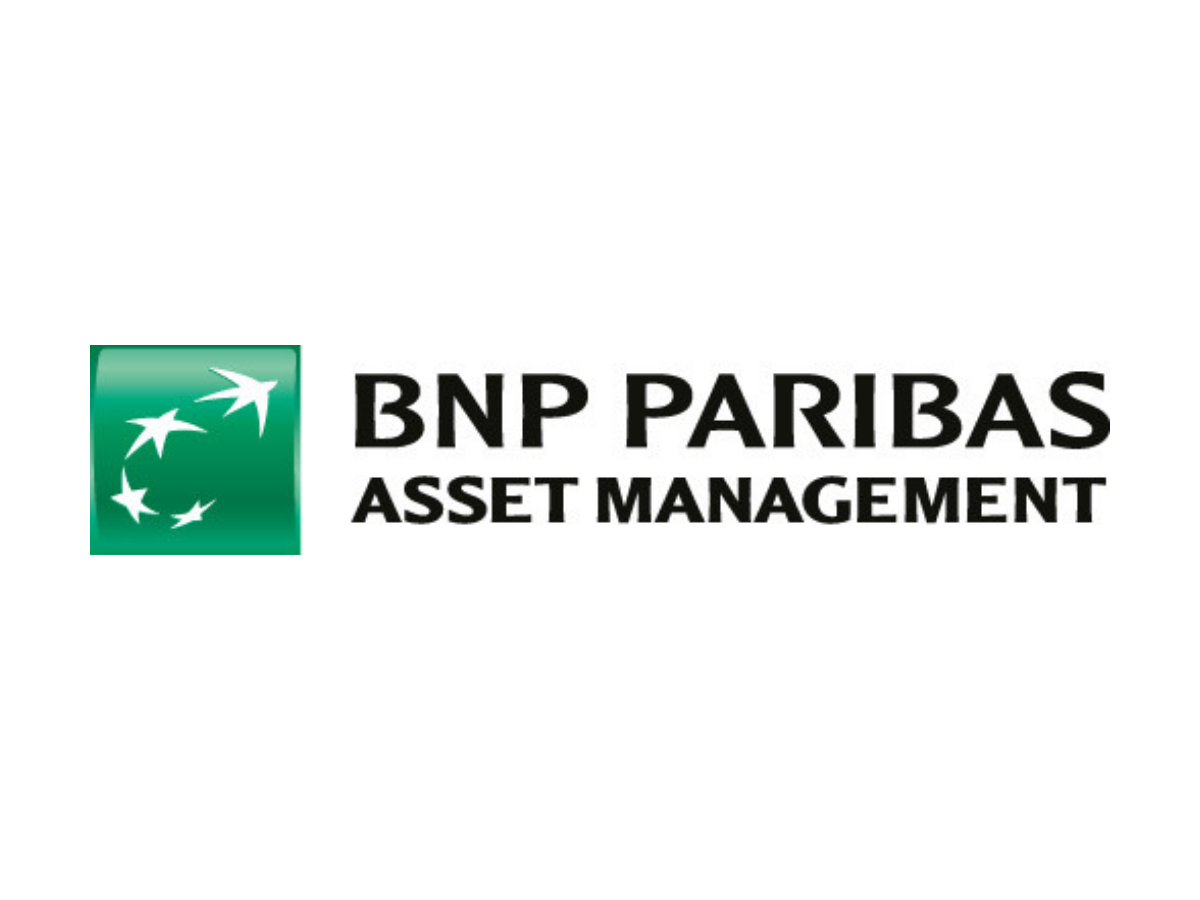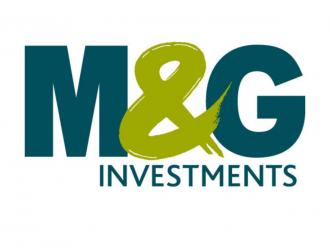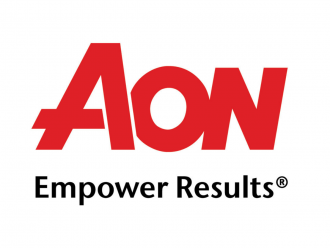Julien Halfon, head of pension solutions at BNP Paribas Asset Management
In many aspects of life, the term “private” often refers to something exclusive, in short supply and only destined for those in the know. When applied to assets, however, it means quite the opposite.
Far from being thin on the ground, private assets outnumber their publicly listed cousins several times over. This means the range available to investors is also much broader, offering greater diversification to a portfolio and allowing closer tailoring to their exact needs. However, there is one aspect that still rings true: investors need someone in the know to help locate them.
The real economy
While public markets illustrate the story of a country or region’s fortune, it is the millions of companies that are not listed on an exchange or publicly traded that drive its financial health. Investors active in these private markets – which have been around much longer than public ones – support many facets of the real economy, as these companies need equity and debt investments. Investing in private assets enables investors to fund start-ups, expansions and new ventures, injecting cash exactly where it is needed. Working directly with companies and advising on best practice, investors do not just help the company grow, but can also focus on their specific ESG goals. This can have more impact than being one of thousands of investors vying for influence in a public marketplace.
Go with the flow
For investors that need consistent returns to fund regular payments and service cash-flow needs, private debt assets offer a steadier option than listed bonds. We have seen – most recently in December 2018 – how public market volatility is often fuelled by seemingly unconnected political and international events. Private debt assets, however, are often shielded from short-term noise and can continue to function in line with contracts agreed with an investor. Additionally, with such a large number of companies and projects available for investment, private markets can offer some protection from the cyclicality of sectors by spreading the risk around. Through a private debt market fund, investors can gain exposure to a range of borrowers of all sizes, types and stages in their development, as managers choose the most efficient blend of risk.
Illiquidity
The key difference between public and private assets is their liquidity profiles. Investors can offload an illiquid asset relatively quickly as the ebb and flow of markets means there is usually someone willing to buy it – albeit at a (material) discount. But in giving up this quick-fire sale ability, investors in private assets earn a premium. Defined benefit (DB) pension schemes and insurers have used the approach for some years, enabling them to take advantage of their longer time horizons to draw out more returns from their investments.
Until now, defined contribution (DC) schemes have been hesitant to engage with private assets, citing this lack of liquidity as an issue for members who would like to move in and out of funds with little notice. But academic studies and industry evidence suggests that most DC members do not move their money around as quickly or as frequently as schemes expect. Instead, they continue to make monthly contributions and build up their pot ready for retirement. With this in mind, DC members might appreciate being able to make an extra premium by leaving their money where it is for long periods of time. Moreover, for members who are part of a large DC scheme – something the government is encouraging through its master trust legislation – overall monthly contributions may be large enough to offset drawdowns or liquidity requirements. The payoff for embracing this illiquidity is often better returns than corporate bonds at equivalent credit rating, with typically lower default and better recovery rates.
Stewardship and ESG
Growing societal pressure has meant all types of pension funds, along with insurance companies investing to meet claims and benefits for members, are seeking ways to invest with stewardship of capital in mind. Through careful selection of private companies that are working to provide clear societal benefits, investors can also meet their own ESG criteria. For example, infrastructure debt can help fund the global transition to clean energy, while commercial real estate debt can fund social housing – both have been defined by the UN Principles for Responsible Investment as impact investments. As good stewards, investors can also offer fair interest rates to companies based on the risk taken, rather than what the market will stand.
Is it time for you to start thinking privately? We can help.



